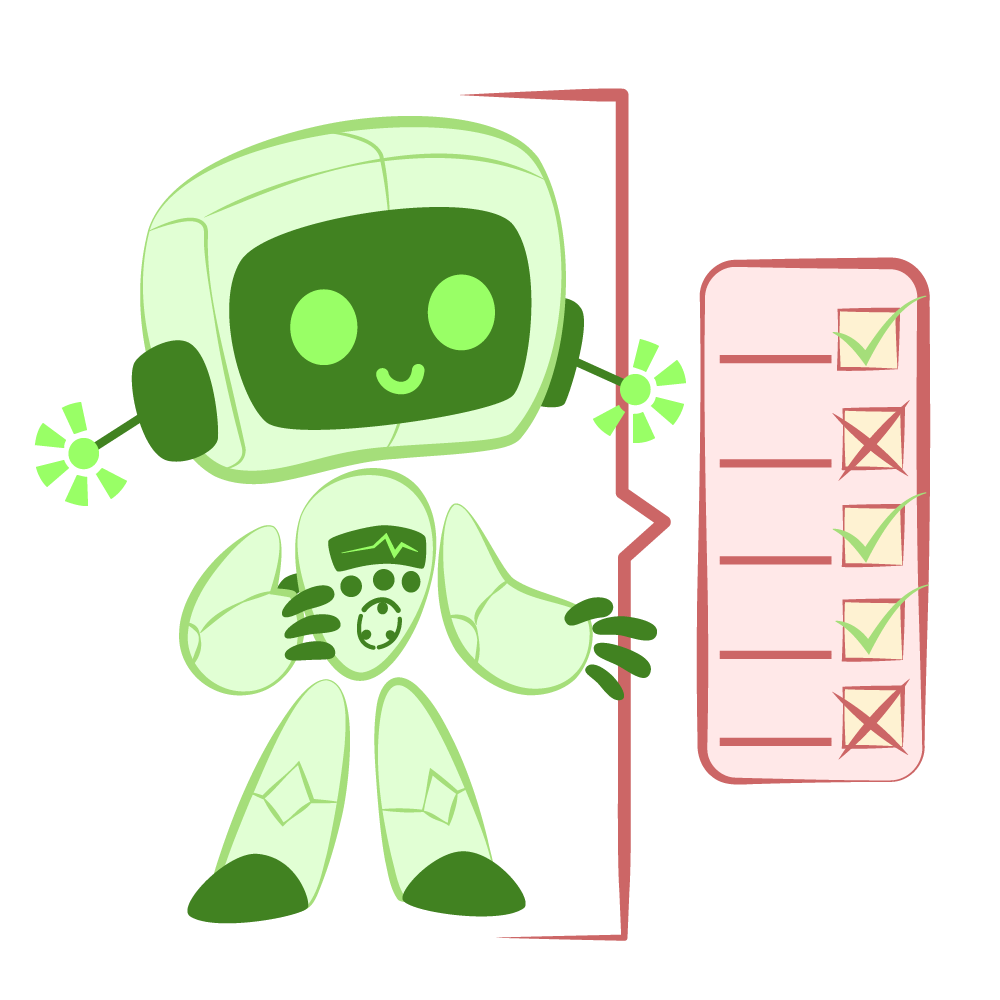Card

Critique the Bot
This strategy encourages students to critically examine text written by artificial intelligence (AI). Teachers first use AI to generate a short story, essay, lab report, script, or other text, then students evaluate the text practicing analysis skills and giving peer feedback. This allows teachers to leverage the power of AI by quickly creating custom-tailored text.
Critique the Bot
Summary
Teachers use a chatbot to generate text, which students then analyze and evaluate. Chatbots make it easy to tailor passages to the interests, culture, and academic level of students, while also aligning the text to the topic of study. AI-generated text also provides students with an opportunity to critique the reading material without personal bias or concern for the feelings of a human author. This strategy can be useful across multiple disciplines and for varied purposes, such as assessing prior knowledge, discovery of genre conventions, and/or extending lesson content. NOTE: Chatbots can misinterpret information, present bias, and/or plagiarize other works. Always check the validity and originality of the content gleaned from a chatbot source.
Procedure
Prompt a chatbot to write a passage. In your prompt, include information about the relevant content knowledge, style, tone, length, and reading level of your students. For example: Create a [type of passage] for [grade level] students in a [subject] class learning about [specific topics]. The [type of passage] should be approximately [length of passage] and include [other relevant details]. This [type of passage] should be [style] and [tone] and help students understand [concept].
Provide students with a copy of the passage and an evaluation prompt or rubric. If needed, use a different prompt with the students than with the chatbot. For example, you might prompt the chatbot to generate a formal letter, but ask students to evaluate the letter based on criteria for an informal letter.
Give students time to read, analyze, and evaluate the text based on the criteria needed to assess learning.
(Optional) Ask students to provide written or verbal feedback as though the chatbot is a peer who wrote the text.
Example use cases:
In a science class, use this strategy to write a research paper, then have students evaluate the accuracy and relevance of the text.
In a social studies class, use this strategy to write an argumentative paper in favor of or against a position. Provide students with a rubric to evaluate the text, then have students write their own argumentative paper that will be graded using the same rubric. Alternatively, have students write a response to the bot’s argument.
In a math class, use this strategy to create scenarios and/or math problems, then have students match the problem to the scenario.
Miller, M. (2022, December 17). "ChatGPT, Chatbots, and Artificial Intelligence in Education." Ditch that Textbook. https://ditchthattextbook.com/ai/#t-1671292150924




